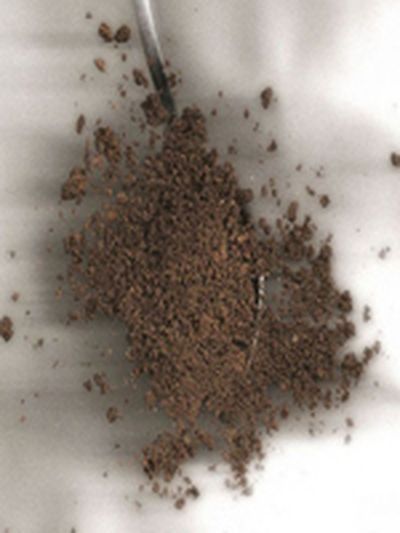Dirt-Poor

My young son likes to sing at the top of his lungs: “Dirt, you made my lunch! Thank you, dirt! Thanks a bunch!” How poignant that this boy gets what so many of us adults are missing: a basic understanding that we owe our very existence — the food we eat, the clothes we wear, and the air we breathe — to dirt!
One heaping tablespoon of the stuff contains more microorganisms than there are people on the planet, points out author Harvey Blatt in “America’s Environmental Report Card.” Those soil microbes are critically important for healthy plants and crops, which in turn are critically important for healthy humans and other species. Also contained in that tablespoon are the minerals and organic matter that take carbon from the atmosphere and “fix it” into the soil, helping to store moisture and carbon safely in the soil.
In our culture, “dirt” is a derogatory term, for instance, “dirt-poor,” “dirty” and “soiled.” Yet if we look back to the Dust Bowl during the 1930s, we see how important dirt really is. In the 1930s, the prairie grasses were plowed under to grow crops. After several years of intense drought, the soils dried out, and no crops or native grasses survived to hold the topsoil in place. Winds whipped the topsoil into huge dust storms, causing many families to become evacuees and causing the loss of more than 5 inches of topsoil from almost 10 million acres, according to the United Nations. Five inches may not sound like much, but it takes nature up to 500 years to produce 1 inch of topsoil. We are depleting our topsoil at a rate 10 times greater than nature can replenish it, according to several studies.
Our diet and farming practices are the main culprits behind topsoil erosion. Corn is one of the most environmentally devastating crops to grow. The soil must be tilled, which it keeps it loose, dry and vulnerable to erosion. Most of this corn is fed to animals or shipped overseas. For every pound of beef (fed with corn), we lose 5 pounds of fertile topsoil, according to a Harvard School of Public Health study. This adds up to more than 2 million acres of topsoil lost every year. On top of this, we lose another million acres to urban sprawl.
Soil impacts climate change by storing twice as much carbon as can be found in the atmosphere. Also, soil with organic matter in it holds moisture longer, so it needs less water for irrigation. Already, 43 percent of the Earth’s vegetated surface has been degraded by soil depletion, desertification and loss of forests, says author Dale Allen Pfeiffer in his book “Eating Fossil Fuels.”
Here are a few things you can do to reduce topsoil loss:
—Compost fall leaves and vegetable trimmings. Use the compost to enrich the soil in your yard or garden.
—Eat only pasture-raised local meats and avoid corn-fed factory-farmed meats.
—Don’t buy or support biofuels made from corn.
—Buy direct from small farmers, who are less likely to use large-scale cultivators.
—Teach your children to sing “Dirt Made My Lunch”!